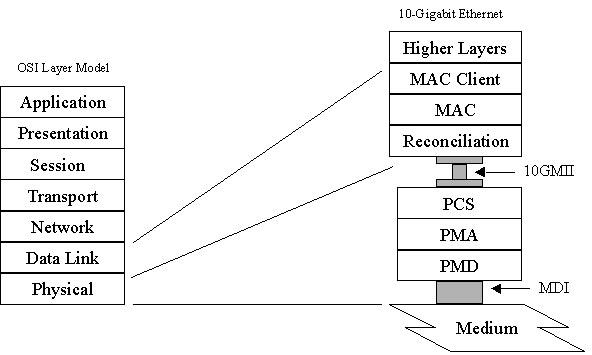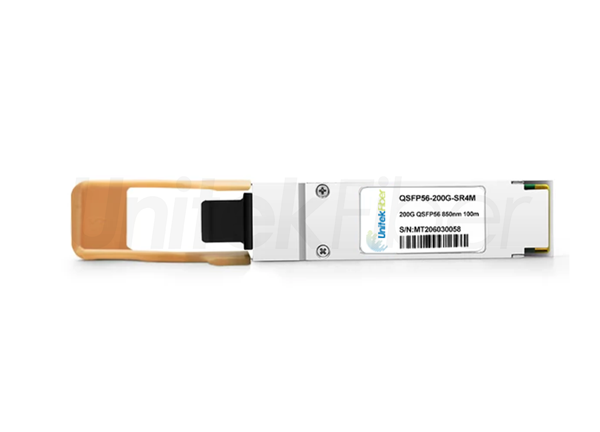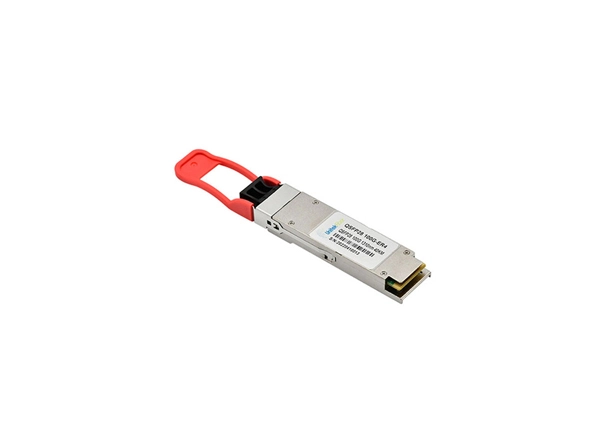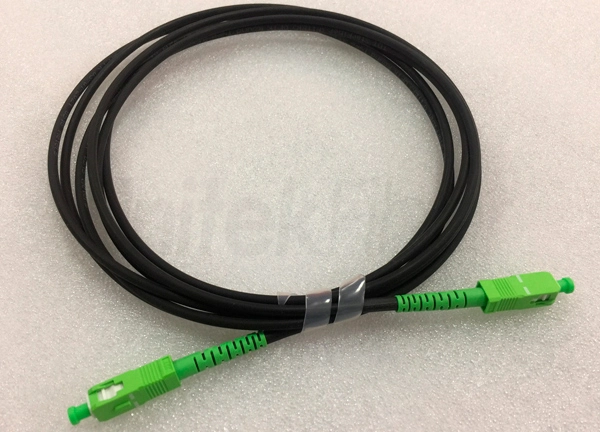
A large data center can often accommodate hundreds or even thousands of fiber optic switches, and it is usually necessary to connect switches of different brands. For example, you need to interconnect Cisco switches with HP switches. Most brands of switches can only use optical transceiver modules of the same brand. So, can two optical modules of different brands be connected?
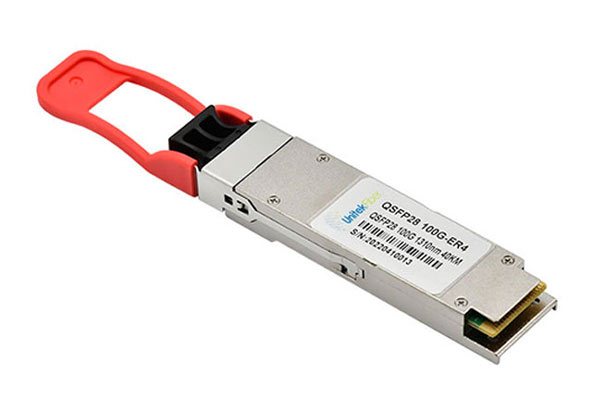
Optical transceiver modules of different brands can be interconnected as long as the standards are the same. The optical transceiver module follows the corresponding agreement during design and production, and the general product will indicate whether it is compatible with other brand products.
Due to the differences in protocols, interface types and transmission distances of SFP optical modules, there are still other restrictions on the connection of SFP optical transceiver modules of different brands.
1. Ethernet protocol: Both ends of the link must use optical transceiver modules of the same protocol, otherwise link failure may occur.
2. Optical fiber type: The optical module must use the same fiber type as it. The multimode optical module uses multimode fiber. As long as the fiber type used matches, different brands of products can be mixed, and even different connector types can be used. One end uses SC Connector, one end uses LC connector.
3. Wavelength: It is critical that the wavelength of the optical transceiver module is matched at each end because a 1310nm optical transceiver will not communicate with an 850nm transceiver. MMF has a lot of loss, and the wrong wavelength can cause loss and degradation in long run. As for SMF, you pay special attention to the wavelength, especially at long distances. All transceivers will work fine if you are within working range.
